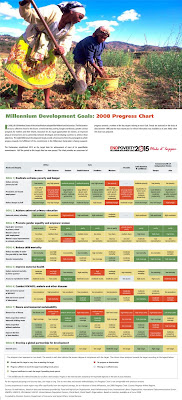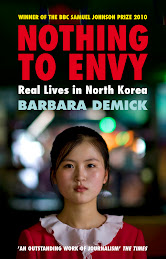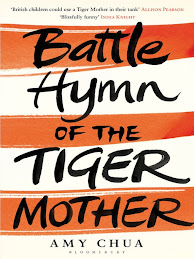
By Tom Davenport
Singapore has just celebrated its 44th birthday as an independent country, and it deserves to congratulate itself (although it rarely engages in self-congratulation - another aspect of good judgment). In fact, I would argue that in many ways, Singapore is a great example for the United States. Why? Here are a few reasons:
For example, in services, the Government wanted to build on organisations with great service like Singapore Airlines and Raffles Hotel. So it encouraged the Singapore Management University to start an Institute for Service Excellence, and stimulated the development of a Customer Satisfaction Index of Singapore that would be applied to all service industries.
Okay, it's not a Utopian society. The Government is a bit authoritarian for my tastes, but not as much as it was in the days of Mr Lee Kuan Yew, the country's first prime minister from 1959 to 1990. The prohibitions against spitting and selling chewing gum are a little much - though I really like the clean streets.
Yes, you may be caned if you misbehave, but that might be better than locking up the world's highest proportion of citizens in jails. I feel that Singapore destroyed much of its interesting architecture in the headlong rush to modernise. And it seems to me that too many of its citizens are obsessed with luxury brands and conspicuous consumption.
These are relatively minor concerns, however, compared to the country's strengths. And many of the seemingly autocratic regulations might be justified by the ethnic diversity and high population density of the country.
Singapore is tiny compared to the US - and most other countries, for that matter. But that doesn't mean it can't be a model. US President Barack Obama keeps saying that we need to buckle down and work hard to build an economy based on real production, not hollow financial chicanery. We need a little more social order, and a little less individualism. Singapore has already pulled off both objectives, and continues to provide a good example of good judgment for the US and the rest of the world.
The writer holds the President's Chair in Information Technology and Management at Babson College, where he also leads the Process Management and Working Knowledge Research Centres. Reprinted with permission from Harvard Business Review.
1. According to the author, in which aspects are Singapore a role model to other countries and in which areas are we 'not perfect' yet?




















